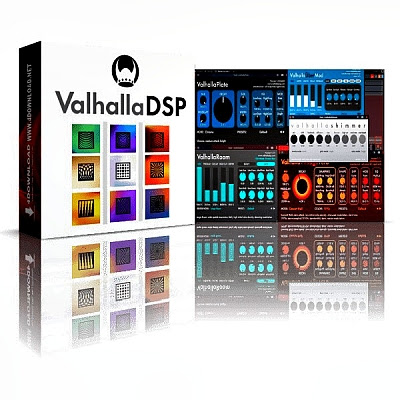

Thankfully, there are quite a few presets that will spark your creativity and several 3rd party sound designers, such as the aforementioned Peter James, offer low-cost settings you can download, sometimes even for specific songs. To those unfamiliar with plugins or the specific ways that reverb can be controlled, these programs can be a bit overwhelming as they are designed to give you extensive control over your sound.


Since then I have seen it in many other places and can understand what all the noise is all about. But it wasn’t until I then noticed that Peter James, the main sound designer for Hillsong, had a Valhalla DSP plugin as the only additional one required for his patches for MainStage, that I knew it would be worth a listen. Where I live, that’s the kind of thing we talk about over coffee or before service, which is where I had started hearing the buzz about Valhalla from several producers here in Nashville. But of all of the available reverb units in the world, which one should you choose?

There are several ways to accomplish this sound, from standalone keyboards and pedals but increasingly this effect is being done in a live environment by computers running software like MainStage, Ableton, GigPerformer or in the studio with software plugins for the standard offerings of DAW’s (Digital Audio Workstation) such as Logic, ProTools, and Ableton. This is often used in ‘pad’ sounds for keyboards and even by electric guitar players. It’s a sound that contains an octave effect that adds massively reverberated notes above what you are already playing. Reverb has reached new heights of popularity in the worship community with Shimmer being the most trendy variety. Valhalla DSP Plugins: Shimmer, VintageVerb, UberMod and SpaceModulator | Learn More:


 0 kommentar(er)
0 kommentar(er)
